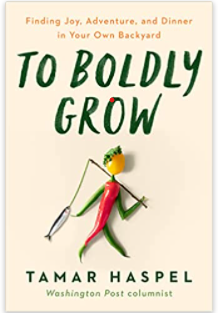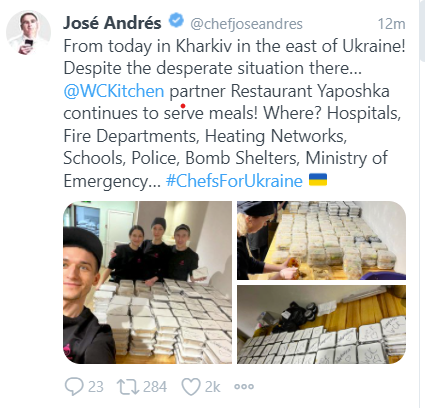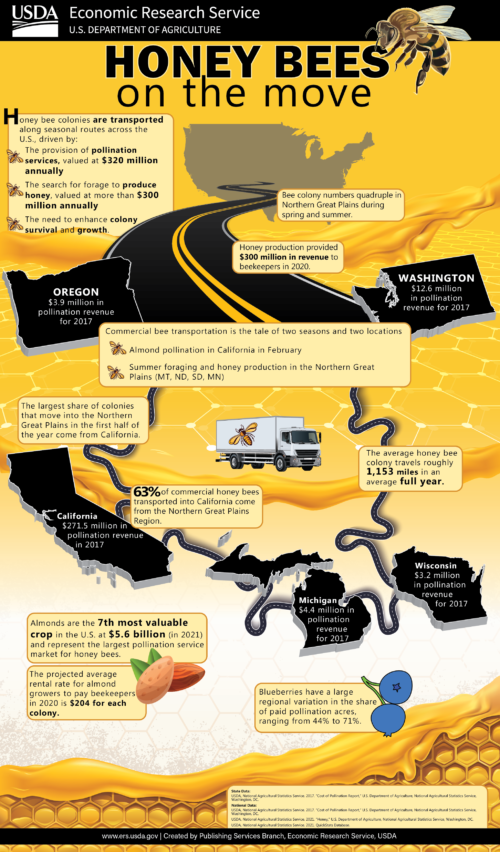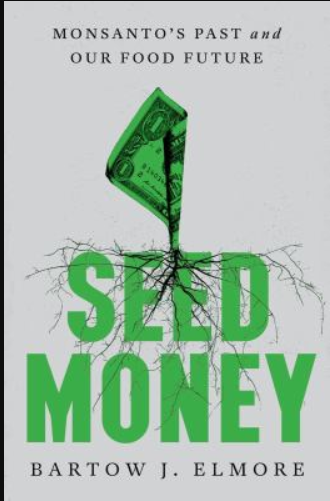The food politics of the Ukraine War
My NYU department is hosting a discussion of this issue: Feeding Resistance and Refugees of Ukraine: The Humanitarian Crisis in Eastern Europe. March 22, 1-3 pm (EDT). Free, but register here.
This panel brings together experts and scholars studying Eastern Europe to share their observations and reflections about food access; local, regional and global supply chains; food production and sovereignty; as well as the unfolding humanitarian crisis. Participants include Agata Bachórz (Sociology, University of Gdańsk, Poland), Eszter Kovacs (Geography, University College London), Simone Piras (Agricultural and Food Economics, The James Hutton Institute, UK), and Mihai Varga (Sociology, Freie Universität Berlin, Germany). Moderated by Diana Mincyte (Sociology, CUNY City Tech) and Fabio Parasecoli (Nutrition and Food Studies, NYU)
And now, for the items I’ve been collecting. Not much good news to report.
The big picture
- FAO: The importance of Ukraine and the Russian Federation for global agricultural markets and the risks associated with the current conflict: The Russian Federation and Ukraine are among the most important producers of agricultural commodities in the world. Both countries are net exporters of agricultural products, and they both play leading supply roles in global markets of foodstuffs and fertilisers, where exportable supplies are often concentrated in a handful of countries. This concentration could expose these markets to increased vulnerability to shocks and volatility.
- Food Safety News: FSA and others monitring potential food impacts of Ukraine invasion: The Food Standards Agency (FSA) has added its voice of support to the people of Ukraine while reassuring those in the United Kingdom that no related food safety risks have yet been detected. The agency joined a growing list of those expressing backing for those affected by what is happening in Ukraine and concern about… Continue Reading
- Food Dive: How food and beverage companies are responding in Russia: Mars, Nestlé, PepsiCo and Danone are just a few of the large CPGs to stop investments, sales, advertising or other activities as the Ukraine invasion continues.
- Confectionary News: The cost of war on the food front: The list of companies shutting operations in Russia grows daily, however, dozens remain to help out with a different, but no less severe, humanitarian crisis…. Read more
Disruptions in global food systems
- Al Jazeera: Ukraine-Russia war poses new threat to global food security: The crisis in Ukraine and Russia, one of the world’s main sources of grain, fertilisers and energy, presents new challenges in securing food.
- Economist: War in Ukraine will cripple global food markets: But the damage to global food supply will extend far beyond the grain—and last longer than the war itself.
- The Guardian: Ukraine war piles pressure on global food system: Households are facing the prospect of even higher food prices owing to the war in Ukraine, threatening hikes of the kind seen in 2008.
- BBC: Ukraine war ‘catastrophic for global food’: The war in Ukraine will deliver a shock to the global supply and cost of food, the boss of one of the world’s biggest fertiliser companies said.
Immediate effect: rising food prices
- Reuters: UN agency warns Ukraine war could trigger 20% food price rise: International food and feed prices could rise by up to 20% as a result of the conflict in Ukraine, triggering a jump in global …
- BBC: War in Ukraine: Crisis is unleashing ‘hell on earth’ for food prices: The head of the World Food Programme, David Beasley, has warned the conflict in Ukraine could send global food prices soaring.
- Time: Shoppers Scramble as Ukraine War Hikes Global Food Prices: The war has already driven wheat prices 70% higher in Chicago this year and is threatening to upend global food trade.
- Bloomberg: War in Ukraine Compounds Global Food Inflation, Hunger Crisis: Russia’s invasion of Ukraine means the food inflation that’s been plaguing global consumers is now tipping into a full-blown crisis.
And a small ray of sunshine
- Ukraine pet food company keeps producing, starts charity: Amid the Russian invasion, Kormotech pet food in western Ukraine continues production and opens a new pet charity.






